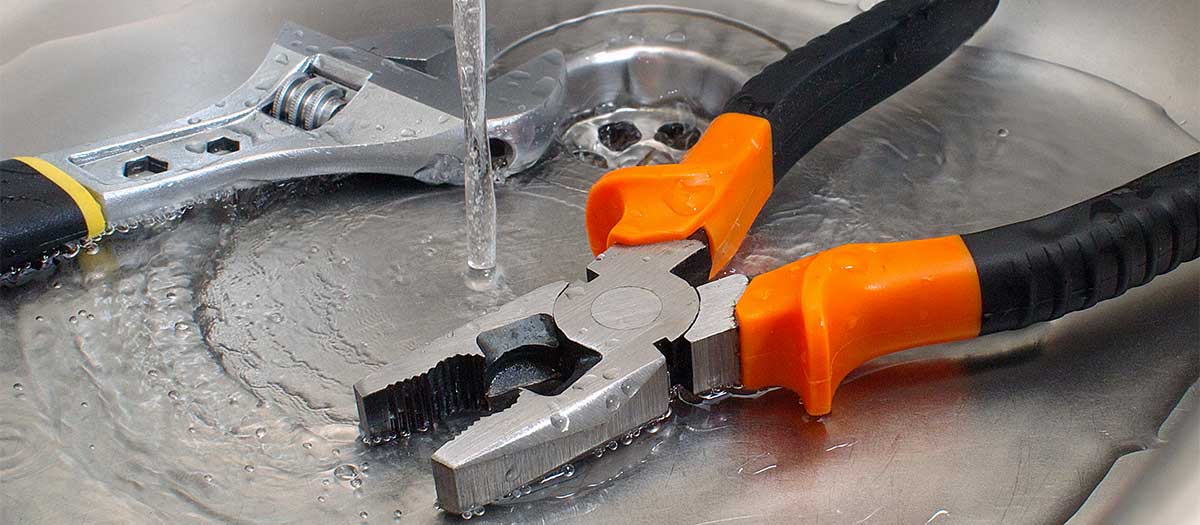6 Ways to Locate Concealed Water Leakages in Your House
6 Ways to Locate Concealed Water Leakages in Your House
Blog Article
Right here below you can discover a good deal of quality information and facts related to Detecting hidden plumbing leaks.

Early discovery of dripping water lines can mitigate a possible catastrophe. Some little water leaks may not be noticeable.
1. Analyze the Water Meter
Every home has a water meter. Examining it is a guaranteed way that aids you uncover leakages. For beginners, shut off all the water resources. Make sure no one will flush, make use of the faucet, shower, run the cleaning maker or dishwasher. From there, most likely to the meter and also watch if it will alter. Because nobody is using it, there should be no motions. That indicates a fast-moving leak if it relocates. Furthermore, if you spot no changes, wait an hour or more and inspect back once more. This implies you might have a slow-moving leakage that can even be underground.
2. Inspect Water Intake
If you identify abrupt adjustments, despite your consumption being the same, it indicates that you have leaks in your plumbing system. An unexpected spike in your expense indicates a fast-moving leakage.
At the same time, a stable increase every month, despite having the exact same habits, shows you have a sluggish leak that's also gradually escalating. Call a plumber to thoroughly check your residential or commercial property, especially if you feel a warm location on your floor with piping beneath.
3. Do a Food Coloring Examination
30% comes from bathrooms when it comes to water consumption. Test to see if they are running effectively. Decline specks of food color in the tank and wait 10 mins. There's a leak between the tank as well as bowl if the shade in some way infiltrates your dish during that time without flushing.
4. Asses Exterior Lines
Do not forget to examine your outside water lines as well. Test faucets by connecting a garden hose. Should water leak out of the link, you have a loosened rubber gasket. Replace this and also make certain all links are limited. It will aid get it expertly examined and maintained every year if you have actually got a lawn sprinkler system. One tiny leakage can waste tons of water and also increase your water costs.
5. Evaluate and also Assess the Scenario
Homeowners should make it a habit to check under the sink counters and also inside cabinets for any bad odor or mold development. These 2 red flags suggest a leak so prompt interest is required. Doing regular inspections, also bi-annually, can conserve you from a significant trouble.
Inspect for stainings and also damaging as a lot of pipelines as well as home appliances have a life expectancy. If you presume leaking water lines in your plumbing system, do not wait for it to rise.
Early detection of leaking water lines can reduce a potential calamity. Some tiny water leaks might not be noticeable. Checking it is a proven way that helps you uncover leakages. One little leakage can lose heaps of water and also surge your water expense.
If you believe leaking water lines in your plumbing system, don't wait for it to rise.
Tips for Detecting Hidden Plumbing Leaks
Check for Signs of Water Damage
We recommend that you check the following places for evidence of water damage:
Near where you store your water heater
Around your sump pump
In areas where pipes are visible
Underneath cabinetry or a vanity beneath a sink
Where your outside hose bib isIf water damage is present, you may also notice mold and/or mildew or smell a foul or musky odor. You might also be able to hear the sound of water running where it shouldn’t be.
Perform a Water Meter Test
One of the easiest ways to determine whether you have a hidden leak on your property is to test your water meter. Turn off all appliances in that use water and make sure you don’t have any faucets running. Locate your water meter and record the reading on it. Continue to leave everything off for a minimum of two hours and then go back and see the meter reading. If it’s a noticeable difference, chances are you have a hidden plumbing leak.
Monitor Your Outside Usage
As the seasons change, you might use more water to keep your yard lush and green and your flowers blooming. However, it’s important to routinely ensure that your sprinkler or irrigation system is working properly and that any outside faucets are completely off. This way you’re not wasting any water.
Do the Toilet Food Coloring Test
Are you kept up at night because your toilet continues to run? If you’ve noticed your toilet randomly refills, especially when it’s not in use, it could mean you have a defective flapper tank and water will leak into the bowl. Fortunately, there’s an easy (and kind of fun!) way to test whether you’re dealing with this issue. Grab some food coloring and add a few drops into your toilet’s tank. Wait 15 minutes and then check to see whether the water in the bowl is colored. If it is, you have a leak within your toilet and the internal assembly will need to be repaired or replaced.
https://www.carterservices.com/blog/2020/february/tips-for-detecting-hidden-plumbing-leaks/

We had been shown that write-up about Detecting hidden plumbing leaks through an acquaintance on another website. In case you appreciated our blog entry please remember to pass it around. I value reading our article about Finding hidden leaks.
Report this page